“The Ultimate Guide to Preserving Peeled and Cooked Chestnut Kernels: Techniques, Tips, and Tricks for Longevity and Flavor Retention”*
Chestnuts, often referred to as the “grain of the gods,” have been a culinary delight for centuries. Their sweet, nutty flavor and versatile texture make them a favorite in both sweet and savory dishes. However, preserving peeled and cooked chestnut kernels (commonly known as 剥皮板熟栗仁* in Mandarin) requires careful attention to detail to maintain their taste, texture, and nutritional value. This comprehensive guide explores the science behind chestnut spoilage, the best storage methods, and practical tips to extend their shelf life while retaining their delightful qualities.
Before diving into preservation techniques, it is essential to grasp why chestnuts spoil so quickly. Fresh chestnuts contain approximately 40-50% water, along with starch, sugars, proteins, and enzymes. When cooked, these enzymes remain active, accelerating degradation once the chestnuts are exposed to air, moisture, or heat. Peeled chestnuts lose their protective outer shell, making them even more vulnerable to microbial growth and oxidation.
The primary enemies of stored chestnuts are:

- Moisture: Excess humidity promotes bacterial and fungal growth.
- Air (Oxygen): Oxidation causes rancidity and flavor loss.
- Temperature Fluctuations: Warm environments speed up enzymatic reactions.
- Light: Prolonged exposure can degrade nutrients and alter flavor.
Immediate Post-Cooking Steps: Cooling and Preparation
Proper handling after cooking is as critical as the storage method itself. Here’s how to prepare peeled chestnuts for preservation:
-
Rapid Cooling:
- After boiling, roasting, or steaming, spread the chestnuts in a single layer on a baking sheet.
- Cool them at room temperature for no more than 30 minutes to halt residual cooking.
- Avoid stacking; trapped heat will create condensation, fostering mold.
-
Drying:
- Gently pat the kernels with a clean kitchen towel to remove surface moisture.
- For long-term storage, consider using a food dehydrator on the lowest setting (95–115°F/35–46°C) for 1–2 hours. This reduces moisture content to ~10%, inhibiting microbial activity.
-
Sorting:
Discard any kernels with discoloration, soft spots, or an off smell. Even minor imperfections can spoil an entire batch during storage.
Refrigeration: The Short-Term Solution
Refrigeration is ideal for preserving chestnuts for up to one week. Follow these steps:
-
Airtight Containers:
- Use glass or BPA-free plastic containers with tight-fitting lids.
- Line the base with parchment paper to absorb excess moisture.
- Arrange chestnuts in a single layer, separated by parchment to prevent clumping.
-
Vacuum Sealing (Optional):
For enhanced freshness, vacuum-seal small portions. This removes oxygen, slowing oxidation.
-
Temperature Control:
- Store in the coldest part of the refrigerator (ideally below 40°F/4°C).
- Avoid the door shelves, where temperature fluctuates.
Pro Tip: Add a small piece of absorbent paper towel to the container to manage humidity without drying out the chestnuts.

Freezing: The Gold Standard for Longevity
Freezing can extend shelf life to 6–12 months when done correctly:
-
Pre-Freezing:
Spread dried chestnuts on a baking sheet and freeze uncovered for 2 hours. This prevents clumping.
-
Packaging:
- Use freezer-safe bags or containers. Remove as much air as possible.
- Portion into meal-sized quantities (e.g., 1-cup servings) to avoid thawing excess.
-
Flavor Protection:
- For sweet preparations, lightly coat chestnuts in sugar syrup before freezing.
- For savory uses, toss with a neutral oil to prevent freezer burn.
-
Thawing:
- Transfer to the refrigerator 12–24 hours before use.
- Avoid microwaving, as it disrupts texture.
Advanced Technique: Flash-freeze chestnuts in a single layer, then immerse in a sterilized 50% glycerin solution (1 part glycerin, 1 part water) for 5 minutes. Drain and freeze. This method retains moisture and prevents ice crystal formation.
Vacuum Sealing and Modified Atmosphere Packaging (MAP)
For commercial or enthusiast-level preservation:
-
Vacuum Sealing:
- Use a chamber vacuum sealer to remove 99.9% of air.
- Add an oxygen absorber sachet (30–50 cc) to each bag for extra protection.
-
MAP:
- Replace oxygen with nitrogen or carbon dioxide using specialized equipment.
- This method is ideal for bulk storage, extending shelf life to 18+ months.
Note: Home vacuum sealers may not achieve industrial-grade results, but they still offer significant benefits.
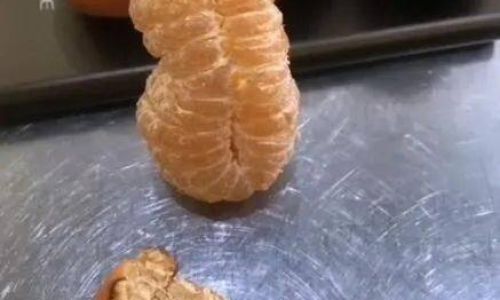
Dehydration: Creating Chestnut Flour or Chips
Dehydrated chestnuts can last up to 2 years when stored properly:
-
Slicing:
Cut kernels into ¼-inch thick slices for even drying.
-
Dehydration:
- Use a dehydrator at 135°F (57°C) for 8–12 hours.
- Alternatively, oven-dry at the lowest setting with the door slightly ajar.
-
Grinding:
- Blend dried slices into flour for baking.
- Store in airtight jars in a cool, dark pantry.
Culinary Use: Rehydrate chips in warm liquid for 20 minutes before using in stews or stuffing.
Canning and Pickling: Unconventional but Effective
For those with pressure canners:
-
Canning:
- Pack cooked chestnuts into sterilized jars, leaving 1-inch headspace.
- Cover with boiling syrup (1:1 sugar-water ratio) or broth.
- Process in a pressure canner at 11 PSI for 90 minutes.
-
Pickling:
- Marinate chestnuts in a brine of vinegar, sugar, and spices (e.g., cinnamon, cloves).
- Store in refrigerator for up to 6 months.
The Role of Antioxidants and Preservatives
Natural additives can enhance shelf life:
-
Ascorbic Acid (Vitamin C):

- Dissolve ¼ tsp per cup of water and soak chestnuts for 5 minutes before drying.
- Retards browning and oxidation.
-
Citric Acid:
Use ½ tsp per quart of water for a similar effect.
-
Honey or Maple Syrup:
Coating chestnuts in a thin layer of syrup creates a protective barrier.
Avoiding Common Pitfalls
- Never Store Wet Chestnuts: Even slight moisture accelerates spoilage.
- Avoid Plastic Bags Without Ventilation: Trapped condensation leads to mold.
- Rotate Stock: Use the FIFO (First In, First Out) method to prevent waste.
- Label Containers: Note the date and preparation method for easy tracking.
Signs of Spoilage to Watch For
- Off Odors: Rancid or fermented smells indicate bacterial growth.
- Mold: Fuzzy patches in green, blue, or black hues.
- Soft Texture: Mushiness suggests enzymatic breakdown.
- Discoloration: Dark spots or a grayish hue are red flags.
When in doubt, discard: Consuming spoiled chestnuts can cause gastrointestinal distress.
Creative Ways to Use Stored Chestnuts
Preserved chestnuts are versatile ingredients:
- Soups and Stews: Add frozen or refrigerated kernels during the last 10 minutes of cooking.
- Baking: Incorporate chestnut flour into cakes, bread, or pancakes.
- Stuffing: Mix dehydrated chips with herbs and breadcrumbs.
- Purees: Blend cooked chestnuts with cream for a luxurious side dish.
Environmental Considerations: Sustainable Storage
Opt for eco-friendly materials:
- Reusable silicone bags instead of single-use plastics.
- Glass jars with rubber gaskets for airtight sealing.
- Beeswax wraps for refrigerator storage.
The Science Behind Freezer Burn and How to Prevent It
Freezer burn occurs when moisture evaporates, leaving dry, leathery patches. To minimize it:
- Minimize Air Exposure: Double-wrap portions in freezer paper before sealing.
- Maintain Consistent Temperature: Avoid frequent freezer door openings.
- Consume Promptly: Use frozen chestnuts within 6 months for optimal quality.
Comparing Storage Methods: A Quick Reference Guide
| Method | Shelf Life | Texture Retention | Flavor Retention | Equipment Needed |
|---|---|---|---|---|
| Refrigeration | 5–7 days | Moderate | Good | Airtight containers |
| Freezing | 6–12 months | Excellent | Very Good | Freezer bags, vacuum sealer |
| Dehydration | 1–2 years | Poor (rehydrate) | Fair | Dehydrator |
| Canning | 1–2 years | Firm | Excellent | Pressure canner |
| Vacuum Sealing | 12–18 months | Excellent | Excellent | Chamber vacuum sealer |
Troubleshooting Common Issues
-
Chestnuts Turning Mushy After Thawing:
Overcooking before freezing. Cook until just tender, not soft.
-
Freezer Burn Despite Sealing:

Use thicker bags or double-layer packaging.
-
Off Flavors in Refrigerated Chestnuts:
Ensure containers are scrupulously clean to avoid cross-contamination.
-
Mold Growth in Dehydrated Chestnuts:
Increase dehydration time or temperature slightly.
Expert Tips from Chestnut Growers
- Harvest Timing: Use chestnuts at peak ripeness for better storage potential.
- Blanching Before Peeling: Boil for 2 minutes, then shock in ice water to loosen skins without overcooking.
- Freeze in Syrup: For sweet preparations, pack in light syrup (1:1 sugar-water) before freezing.
Conclusion: Enjoying Chestnuts Year-Round
Preserving peeled and cooked chestnut kernels is a blend of science and art. By understanding the enemies of freshness—moisture, oxygen, and heat—and employing techniques like freezing, vacuum sealing, and dehydration, you can savor the taste of autumn well into spring. Whether you’re a home cook stocking up for the holidays or a gourmet enthusiast experimenting with textures, these methods ensure your chestnuts remain as delicious as the day they were cooked. Remember, the key to success lies in meticulous preparation, appropriate packaging, and a dash of culinary patience. Bon appétit!
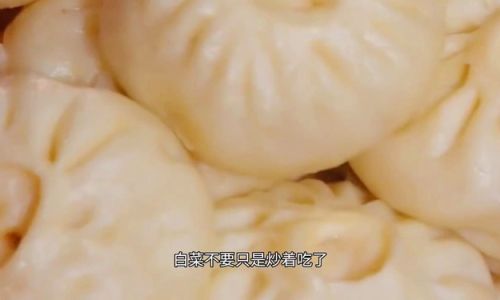
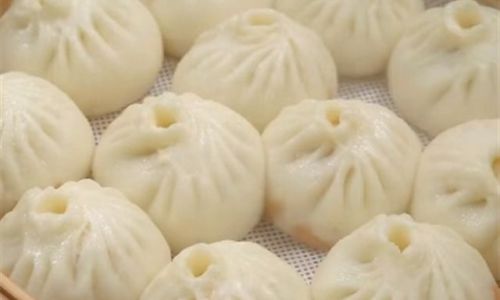
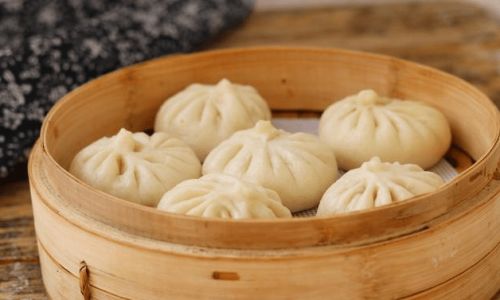
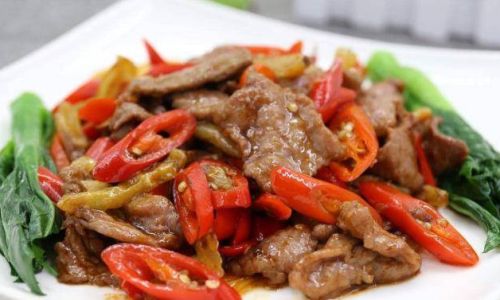
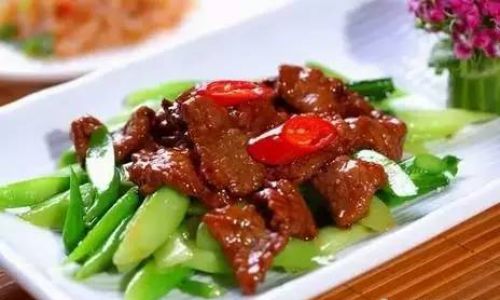
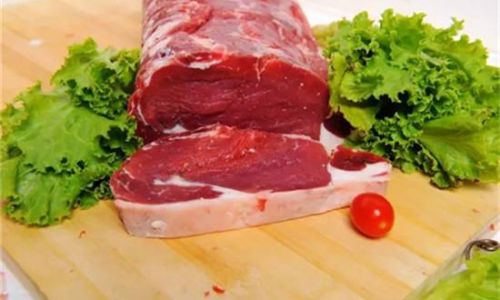
0 comments